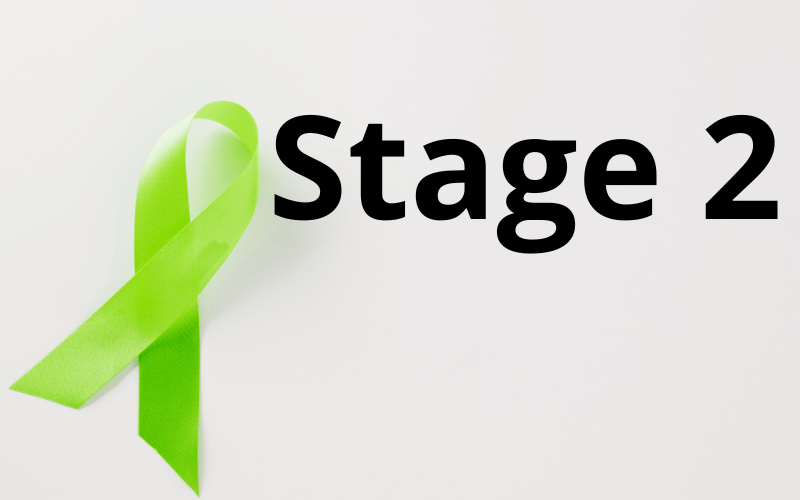Stage 2: Limited Spread

While jaundice announced its presence in the initial stage, by the time cholangiocarcinoma advances to Stage 2, the symptom is undeniable. No longer a faint tint, the skin and eyes now don an unmistakable yellow, often drawing concerned remarks from onlookers. The underlying reason remains the same – obstructed bile flow. However, its intensification indicates that the tumor is growing, further impeding the bile duct’s function. It’s a glaring sign, signaling the patient and their medical team that the cancer is on the move, digging in deeper.
The body begins to sound an internal alarm in the form of persistent abdominal pain. What initially began as sporadic discomfort now evolves into more regular and noticeable pangs. This isn’t a sharp stabbing sensation but more of a dull, consistent ache that’s particularly noticeable after meals or when the day winds down. The body is responding to the growing tumor, which, by now, may be pressing against neighboring tissues or organs, leading to this consistent discomfort. Ignoring this symptom could be perilous, as it indicates the disease’s progression.
One of the more puzzling symptoms at this stage is unexpected weight loss. On the surface, dropping a few pounds might seem like a blessing, especially in a world obsessed with slim figures. However, this isn’t the result of diet or exercise. The compromised bile flow disrupts the body’s ability to absorb fats effectively. This metabolic hiccup, combined with potential loss of appetite due to the growing discomfort, often results in noticeable weight loss. It’s essential to understand that this isn’t a healthy decline but a symptom of a deep-rooted problem.
As cholangiocarcinoma asserts its dominance, the liver, in its steadfast duty, responds with enlargement. This is the organ’s natural reaction to the growing problem. This swelling might manifest as a palpable mass or lump felt below the right ribcage. While it’s not always painful, the sensation of having a swollen organ is unsettling. It’s another clear testament to the progressing disease and a symptom that warrants immediate medical intervention. (2)